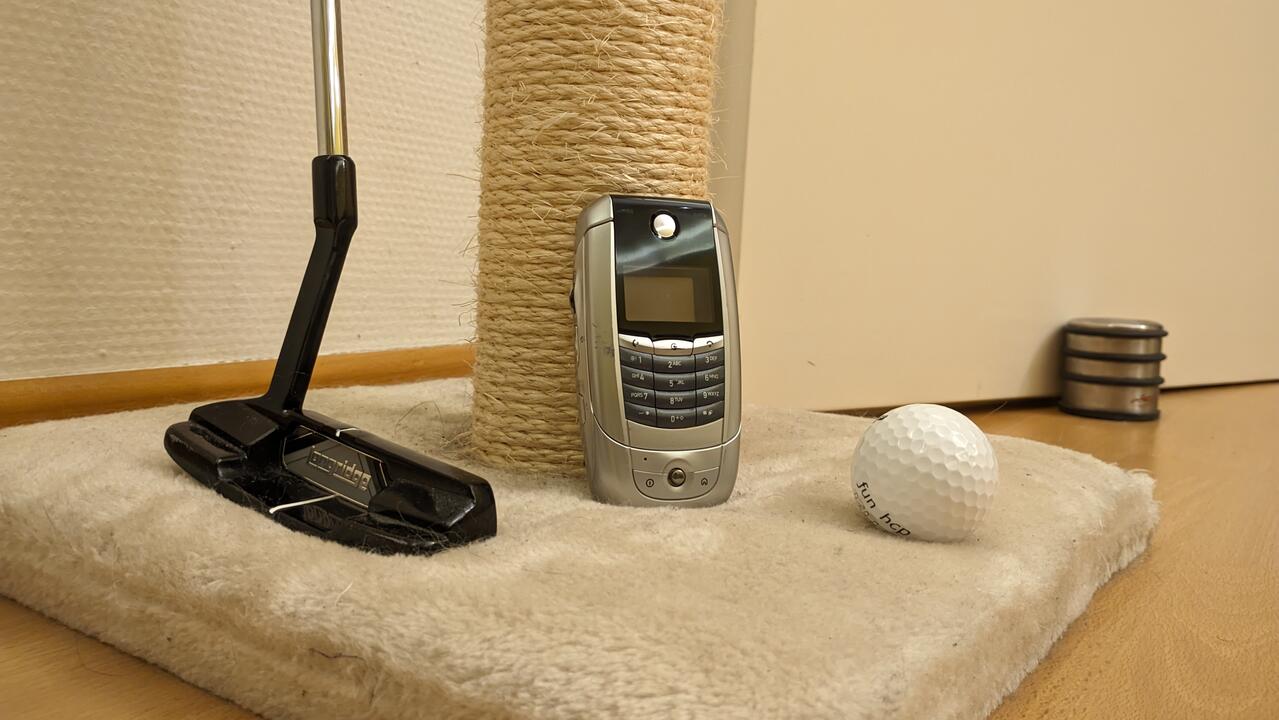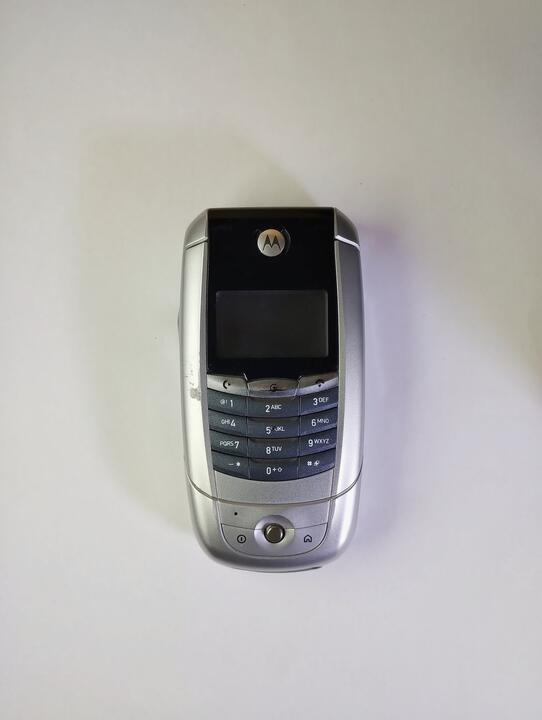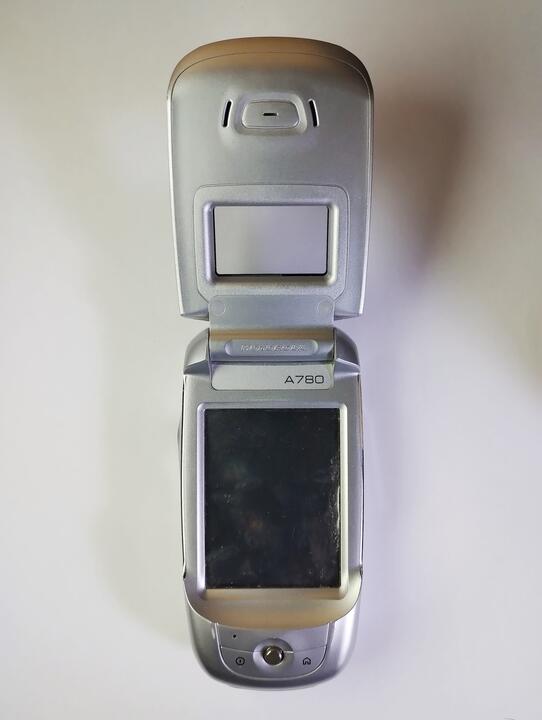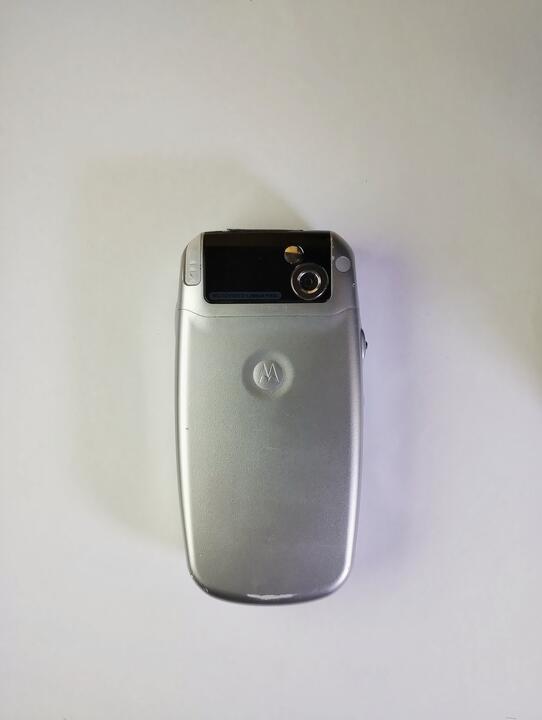Motorola A780
Status: 🟡 Minor finish damages, otherwise functional

Before Motorola started milking the market with countless RAZR clones—ultimately creating a host of problems for itself and losing its leading position—the company actively tried to be the first to enter various niches: 3G terminals, smartphones, GPS-enabled devices, handwriting recognition, and more. In many cases, they had a solid foundation, even if the devices were flawed in multiple ways.
So, Motorola needed to establish a presence in Europe and prove that it could do GPS. A proper GPS device required a large screen and mapping software. All of this had already been implemented in the A780, so (I assume) the decision was made to adapt this device for European markets by bundling it with a CD containing maps and localizing the firmware.
The UI/UX here was completely different from what we were used to back then—the Tactium interface, based on MontaVista Linux, looked very Chinese. In Eastern Europe, the closest equivalent was the Motorola MING A1200, which wasn’t particularly successful either. But for Linux geeks like me, it was an excellent playground for experimentation. As far as I remember, Qtopia was ported to it with mixed success, but Android simply wouldn’t fit in the available memory.
Unfortunately, Motorola never released an SDK for regular developers, so all experiments succeeded despite the company, not because of it. For an average user, this was nothing more than a feature phone—a one-trick pony with GPS and a touchscreen. A shame, really, as the potential was enormous.
As for the design, that’s a whole other story: an inside-out flip phone with buttons and even a joystick(!) on the outer shell. Say what you will, but Motorola knew how to surprise with unusual designs. And for a while, it really did.
🇺🇦 HELP US HELP OTHERS, SAVE ANIMALS IN UKRAINE
Site map | Powered by crew | © 2025 TiredSysadmin
All photos from Vintage Cellphone and PDA Museum by TiredSysadmin are licensed under Creative Commons Attribution-NonCommercial-ShareAlike 4.0 International.


